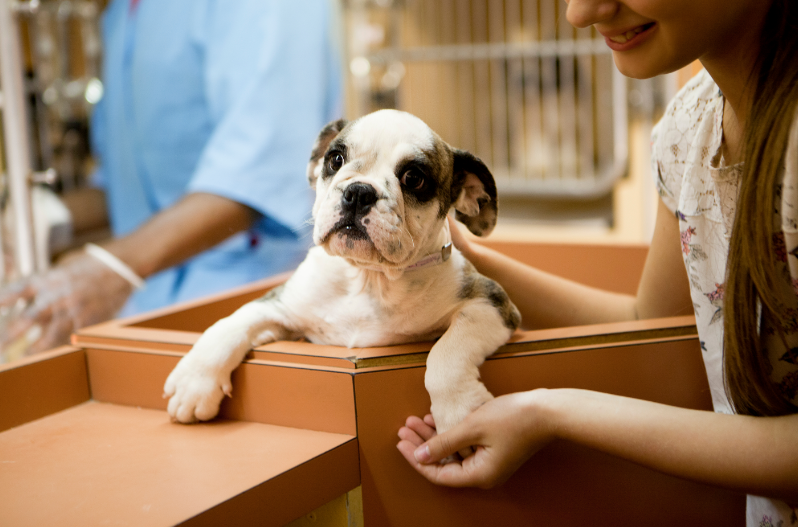A child’s love for animals should be nurtured healthily and compassionately. When owning a pet, earning the animal’s trust is the first step to building a relationship. But if it is always easy, why aren’t more people adopting and taking care of pets?
Kids would encounter animals differently. Children should know how to deal with animals in a caring and safe manner, whether it’s the family dog or a wild animal seen during a school field trip. Here are 5 community activities that can be done to facilitate learning among children and families who want to be more comfortable around animals.
Organize a “Pet Your Stress Away” Event
This type of activity is best suited to individuals who have no fear of animals but, for some reason, cannot adopt their own pets. Universities offer these types of events for students, which provide an opportunity to relax while gently patting the head of a calm dog.
Cat cafes have also gained popularity due to the calm demeanor and less stressful environment typically associated with cats and restaurants. Pet shelters have also organized adoption days, allowing potential pet owners to meet the furry animals while foster parents bring their fosters to introduce and interact with others.
Invite Animal Rescue Organizations
Animal welfare activists and organizations have education teams whose work is to encourage behavior change among young people. By inspiring empathy, animal rescue activities also help develop successful pet-owner relationships. Whether it’s worksheet-based or practical activities, kids learn best from individuals with experience, so expert organizations are most suitable to nurture their interests.
Talk After The Walk
Zoos, aquariums and nature parks are excellent places to introduce children to various animal species. Since it’s challenging to evaluate how much the activity changes the individual mindset, arranging for talks or conversations with kids regarding their experiences is essential. Any comment or feedback should be made immediately to reinforce positive relationships.
Collect Toy and Pet Food Donations
Most animal shelters have age restrictions for volunteers, leaving younger kids with fewer opportunities to interact with animals. Fortunately, there are equally meaningful ways to engage them in developing a caring relationship with abandoned pets.
Whether it starts at church or in school, children can participate in a pet supply drive that asks for essential items to donate to a chosen animal shelter. Other pet supplies may require adult supervision, so keeping them busy with food and toys is a good idea to introduce them to pets.
Saving Allowance for Charity
When a child is old enough to receive an allowance, setting aside a percentage to donate to charity can be a good lesson about caring. Parents can benefit from the community providing cute decorations for sticking to a jar or box to inspire giving from kids. It’s hard to resist a picture of a cute puppy or a fluffy kitty! Then, scheduling regular trips to the animal shelter for families to join can be an excellent time to donate the money until they are of volunteering age.

